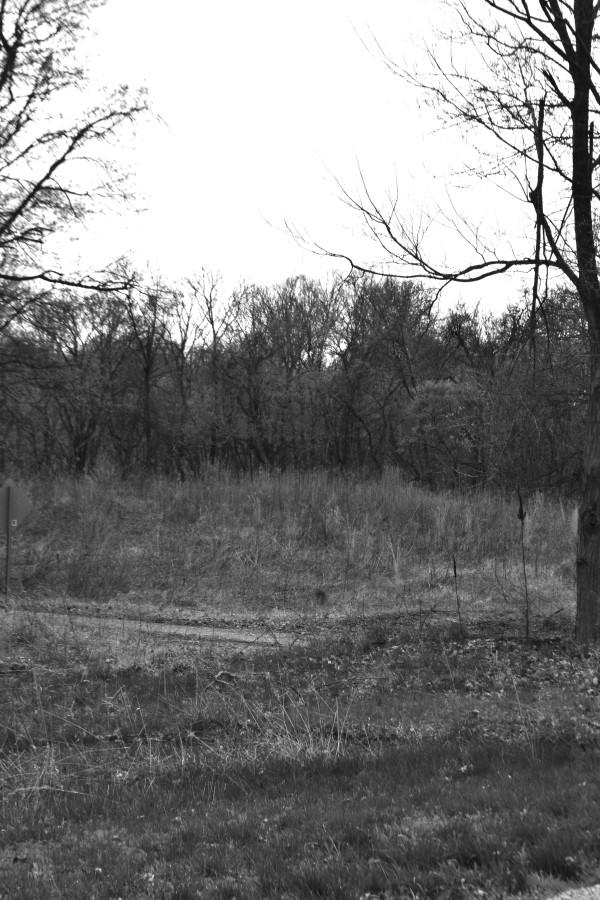James Bandoli has always wanted to be a part of long-term biological research on USI’s nature preserve.
The professor of biology brought some attention to USI’s campus nature preserve at the “Vertebrates of the USI Nature Preserve” program.
The preserve, 740 acres of land south of Broadway Avenue, was part of the roughly 1500-acre purchase of land by Indiana State University-Evansville (now USI).
It was named “USI’s Nature Preserve” in 2012.
Bandoli said Southern Indiana Higher Education, Inc., a non-profit, initially held the 740 acres until 2009 when it was given to USI.
USI had no plans for it until Bandoli developed a specialized committee to assess the property biologically and geologically. After his team established a report for the land, he suggested the nature preserve to USI in 2011.
Bandoli and his team later became the founding fathers of the preserve.
“The USI-Burdette Park bike trail, constructed by INDOT, crosses the northeastern portion of the property, passing through forests and some agricultural areas,” Bandoli said. “Other than that, there are no maintained trails on the property.”
The plot of land now acts as light scenery, but primarily as an implement for some of USI’s courses.
Associate Professor of Biology Eric McCloud works with the USI’s nature preserve as well.
“I’ve looked at butterfly abundance and diversity and the same for dragonflies,” McCloud said. “My current research depends on wild caught material and the preserve is an extremely important source of specimens for the project.”
His future plans include a few projects associated with the preserve, McCloud said.
“I am in the planning stages for two additional projects,” he said. “A long term project on evolutionary responses to climate change and a long term study of methodology and succession in wetlands restoration.”
The preserve offers McCloud an immense amount of scientific information, but he and Bandoli are not the only people utilizing the preserve.
McCloud said several classes have made use of that particular part of USI’s land as an outside classroom.
The area is also open to the public. A group of boy scouts set up blue bird boxes along the bike trail.
“I’m pretty sure that some of the researchers working in the preserve would be pleased to help direct ‘citizen science’ work and volunteers in their projects,” he said. “However, many of us have our hands pretty full with our research students/assistants and classroom students.”
The community’s involvement with the preserve is based upon its proactivity, he said.
“It presents a nice recreational space along the bike trail for the USI and Evansville communities to use,” McCloud said. “Go do it. The bike trail is open to travel on.”



